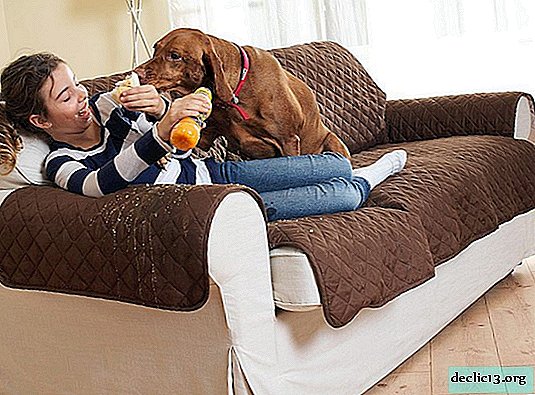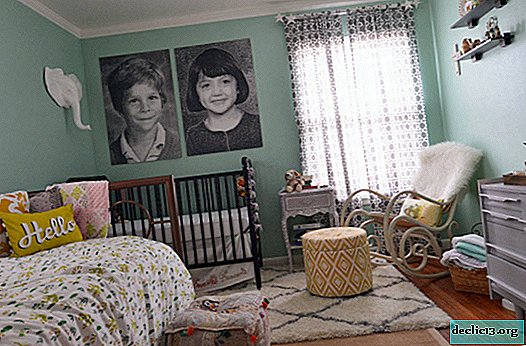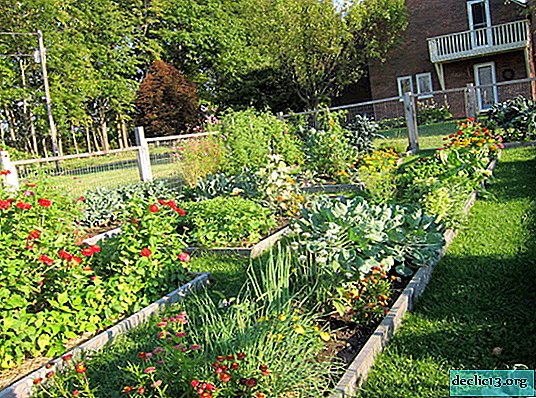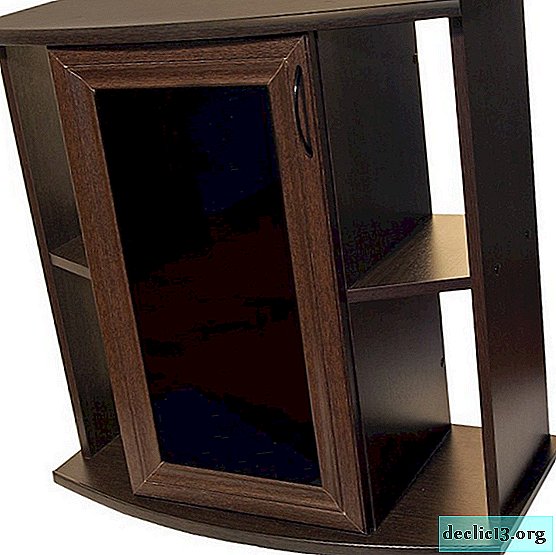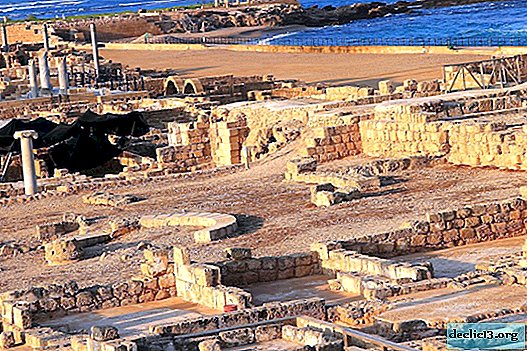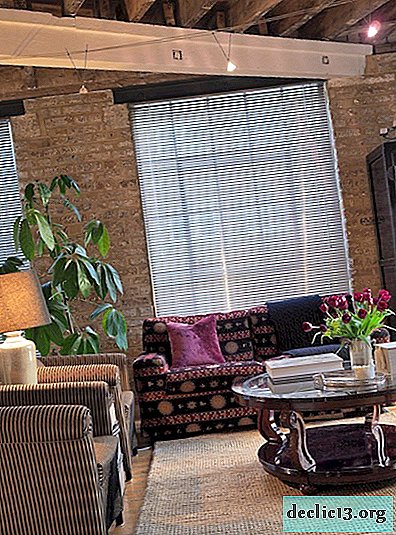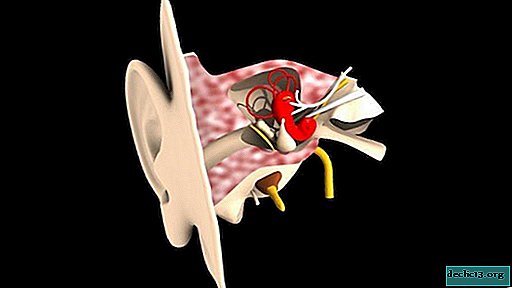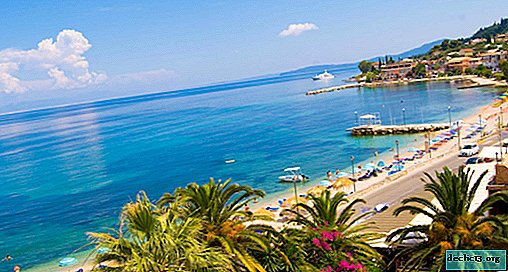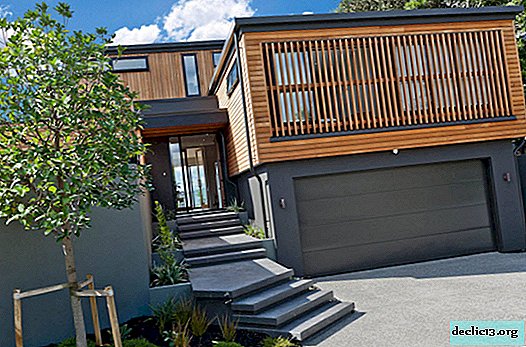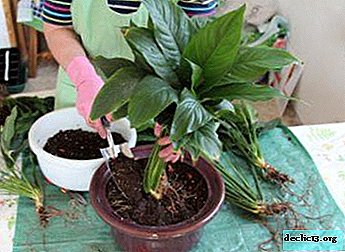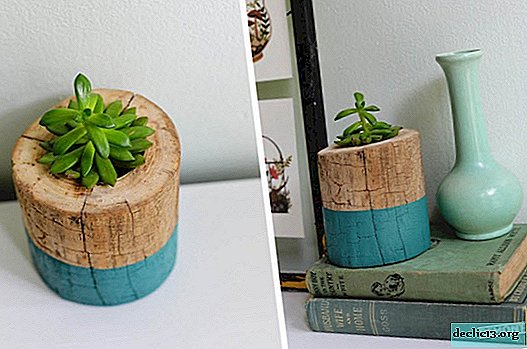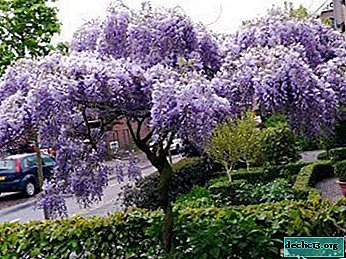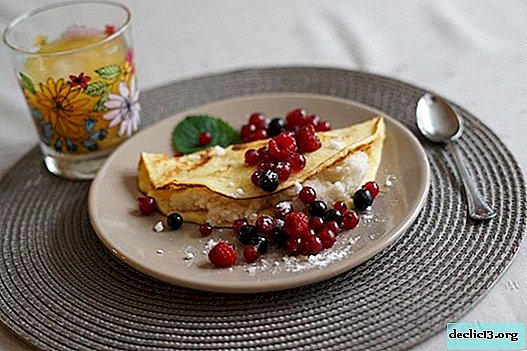Hofburg, Vienna: 4 best tips for visiting the eminent palace
Hofburg (Vienna) is the former winter residence of the Habsburg imperial dynasty, considered today the largest secular palace in the world. The attraction lies on an area of at least 240 thousand m² and includes 18 outbuildings, 19 courtyards and 2,600 apartments, which cover an entire area in the center of Vienna. More than 5 thousand people continue to work and live in the palace building.
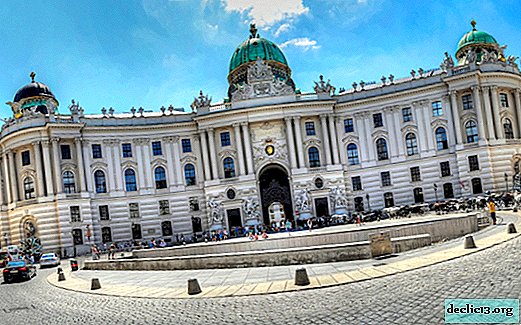
Vienna Hofburg has up to 30 separate attractions, including squares and monuments, castles and apartments, historical museums and priceless collections. The palace complex is so large-scale that it is hardly possible to study all its external and internal objects in one visit. Today, in the castle, every tourist has the opportunity to purchase an excursion, during which the Imperial Apartments, the Sisi Museum and the Imperial Silver Collection will be presented. We will tell you in detail about the walk around the palace below, and to get an idea of the sights, let's briefly plunge into its history.

History reference

For more than 6 centuries, the Hofburg Palace in Vienna served as the winter residence of the Austrian rulers and was the center where the history of not only Austria, but all of Europe was made. Until the 13th century, a medieval fortress towered here, which subsequently began to expand the ruling emperors. Of course, the Habsburg royal dynasty, which ruled the Austrian state from the beginning of the 13th century until 1918, when the monarchy crashed, made the greatest contribution to the prosperity of the palace.
The oldest building of the Hofburg was Alte Burg - a centuries-old stronghold, later received a new name - the Swiss wing (Schweizer). In the middle of the 16th century, the famous Swiss Gate was erected in the residence: treasures from the time of the Holy Roman Empire are still stored in this wing.

In the 16th century, another separate building became part of the palace - the Amalia wing, which received this name thanks to Wilhelmina Amalia, who lived here after the death of her husband, Emperor Joseph I. The last royal person to occupy these chambers was Empress Elizabeth: today these premises are located in open access for all guests of Vienna. In the 17th century, Emperor Leopold I decided to link Schweitzer and Amalia's residence with a new building (Leopoldin’s wing). Today, this building is used as the office of the Austrian president, and tourists cannot get inside.
 Austrian National Library
Austrian National LibraryIn general, for the 18-19 centuries. many notable structures were erected at the Hofburg in Vienna, such as the Austrian National Library, the Imperial Chancellery and the wing of St. Michael. In the same period, a pompous Hall of Ceremonies appeared, which to this day serves as a venue for balls in the Hofburg. At the beginning of the 20th century, shortly before the collapse of the monarchy, the New Hofburg was rebuilt with a monumental facade and a unique architectural bend, which now houses part of the National Library, as well as a number of collections and museums.
What to see inside the palace
Today, travelers have a unique opportunity to travel back to the time of the Habsburgs and get acquainted with the life of prominent family members. Inside the Hofburg, visitors are invited to inspect three remarkable objects at once. All of them are in the wing of the Imperial Chancellery and conveniently follow one after another. What can be seen in the walls of this part of the Hofburg in Vienna?
Sisi Museum
The Sisi Museum is dedicated to the life and work of Empress Elizabeth of Bavaria, the wife of Emperor Franz Joseph I. For decades, she was considered the most charming and attractive queen in Europe. Sisi’s life (that is what the empress was called in the family circle) was full of tragic events: an autocratic mother-in-law, fearing to lose power over her son, controlled every step of the young daughter-in-law and limited her communication with children. Elizabeth often became depressed and exhausted, but fate dealt the greatest blow to her when her son, Crown Prince Rudolph, committed suicide. The empress died at the age of 60, and her death was no less dramatic: while walking around Geneva, the empress was attacked by the anarchist and plunged a sharpener into her heart.

Today, the Hofburg Palace in Vienna offers everyone to visit the Sisi Museum, where more than 300 personal items of the Empress are collected. Among them you will find various accessories (umbrellas, gloves, etc.), cosmetics, a first-aid kit and even a genuine death certificate. The collection also features Elizabeth’s outfits: a dress tailored especially for coronation in Hungary is of particular interest. Here you can see both the black cloak that covered the empress after the murder, and her mourning jewelry. In general, the transformation of the queen from a cheerful and cheerful young girl into a depressed and unsociable woman is clearly visible in the exhibits.
Imperial ApartmentsSince the Hofburg in Austria in Vienna was the main winter castle of the Habsburgs, each member of the family and his retinue provided his own apartments. Today, some of these rooms are transformed into museums, but most of the rooms are used for the offices of statesmen. Access to tourists in these parts of the palace is closed. But the wing of the Imperial Chancellery, which housed the apartments of the last ruler and his family, is open to the public.

Most of the furniture presented on the premises dates from the second half of the 19th century. But the ceramic stoves, which can be seen in many rooms of the palace, were installed in the 18th century. Until the 20th century, lighting in the Imperial Apartments was provided by thousands of candles placed on chandeliers made of Czech crystal (after they had electricity).

The apartment is accessed by a luxurious marble staircase, decorated with carved railings and gold goblets. Next you will be greeted by an audience waiting room, the interiors of which are decorated with paintings by the artist Johann Kraft. Well, then you find yourself in the reception room itself.
It was here that Emperor Franz Joseph received visitors who came to the sovereign, some for pardon, and some with thanks. As a rule, the audience lasted only a few minutes, which made it possible to talk with the maximum possible number of petitioners, which amounted to more than 100 people daily. In total, during his reign, Franz Joseph received at least 260 thousand visitors.

The decoration of the room is presented mainly in red shades with gilded motifs. The room is decorated with numerous paintings depicting both Franz Joseph himself and his predecessors. And the ceilings and walls are decorated with patterns of gold stucco.
Conference roomAnother noteworthy room where meetings were held led by the emperor. Its interior is dominated by white and turquoise colors, as well as gilding. Several paintings flaunt the walls, among which a portrait of Franz Joseph at the age of twenty deserves attention. And right below him is a bust of his mother, Archduke Sofia.
 Cabinet and bedroom of the emperor
Cabinet and bedroom of the emperorThe office served Franz Joseph as a workplace and a living room, so here you can see several family photo cards. Above the fireplace is a portrait of Alexander II, the Russian emperor, who personally was friends with the Austrian sovereign and supported him in the fight against Hungarian uprisings. The ruler’s bedroom is distinguished by a very modest setting: a small bed, a chair for prayers, a chest of drawers and a night table. In addition, here you can see several photos and art portraits of his wife Elizabeth and mother Sofia.
 Find out RATES or book any accommodation using this formLarge lounge
Find out RATES or book any accommodation using this formLarge loungeThe spacious room, buried in burgundy and gilded decoration, served as a meeting place for family members. Of greatest interest here is a canvas depicting Franz Joseph, written in honor of his 50th anniversary. The portrait of Crown Prince Rudolph, created shortly before his suicide, also adorns the room.
 Chambers of Elizabeth
Chambers of ElizabethIn the Hofburg photo in Vienna you can see many rooms related to the activities of the Austrian sovereign. But when visiting the Imperial Apartments, it is also worth paying attention to the premises where Elizabeth once lived. First of all, this is the Grand Salon of the Empress, where Sisi gave an audience. Of interest is her dressing room, decorated with wallpaper with tropical landscapes. The Empress's restroom, where the original decor has been preserved, will show you how the royal people took baths.
 The chambers of Alexander I
The chambers of Alexander IIn Hofburg you can see the apartments of the Russian emperor Alexander I, who lived in the palace in 1815, when the Vienna Congress was held here. Especially luxurious is the Red Salon, decorated with elaborate French tapestries.
Imperial Silver CollectionAlthough after the fall of the monarchy, most of the palace’s treasures in Vienna were sold out by the new authorities, they nevertheless managed to preserve many valuable household items of the imperial family, which today are transformed into museum exhibits. The collection includes porcelain, glass and silver dishes, once used for serving the table of Austrian sovereigns.

The most skillful ensemble in the collection can be safely called the Central Milan table - a masterpiece of gold with allegorical figures dedicated to Italy. The Minton dessert service, which consists of 116 details, is amazing and not just a kitchen accessory, but a real work of art. The collection includes many plates with floral patterns, porcelain sets from various European countries and beautiful silver utensils. It is noteworthy that all this dishes was purchased by the imperial persons themselves or came to them as a gift.
How to get there
If you still do not know how to get to Hofburg, then we inform you that it is quite simple to do this using public transport. There are bus and tram stops near the palace, and metro stations are nearby.

To reach the place by metro, use the U3 line and land at Herrengasse Station. You can also take the train following U1 and get off at the Stephansplatz stop.
In the immediate vicinity of Hofburg, trams 1, 2 and D stop at the Burgring station. Bus 57A also arrives. The palace can also be reached by buses 2 A and 3 A, having landed at the Hofburg stop.
Compare accommodation prices using this form
Practical information
- Address: Michaelerkuppel, 1010 Vienna, Austria.
- Official website: www.hofburg-wien.at
- Opening hours: from June to September from 09:00 to 18:00, from October to May from 09:00 to 17:30.
Cost of visiting
| Visitors Category | Guided tour | Guided tour | Sisi Ticket * |
|---|---|---|---|
| Adults | 13,90 € | 16,90 € | 29,90 € |
| Children (6 to 18 years old) | 8,20 € | 9,70 € | 18 € |
* The Sisi ticket is valid for a year and provides an opportunity to visit not only the above-mentioned objects, but also the Schönbrunn Palace, as well as the Furniture Museum in Vienna.
Prices are for January 2019.
Useful Tips

- The Hofburg in Vienna is really massive, so try to set aside at least 3 hours to visit the palace complex.
- If you plan to visit several sights in Vienna (by the way, we recommend that you look into the Hofburg library), then the Vienna pass will save you money. Firstly, it opens the entrance to more than 60 places, and secondly, with it you can use Vienna public transport for free. The cost of a pass for 1 day is 59 €, for two - 89 €, for three - 119 €, for six - 154 €.
- If you want your walk around the palace to be as informative as possible, do not be stingy and buy a guided tour.
When visiting the Hofburg Palace (Vienna), remember that you can only take pictures in the halls of the Imperial Silver Collection. This is strictly prohibited in the apartments and the Sisi Museum.


